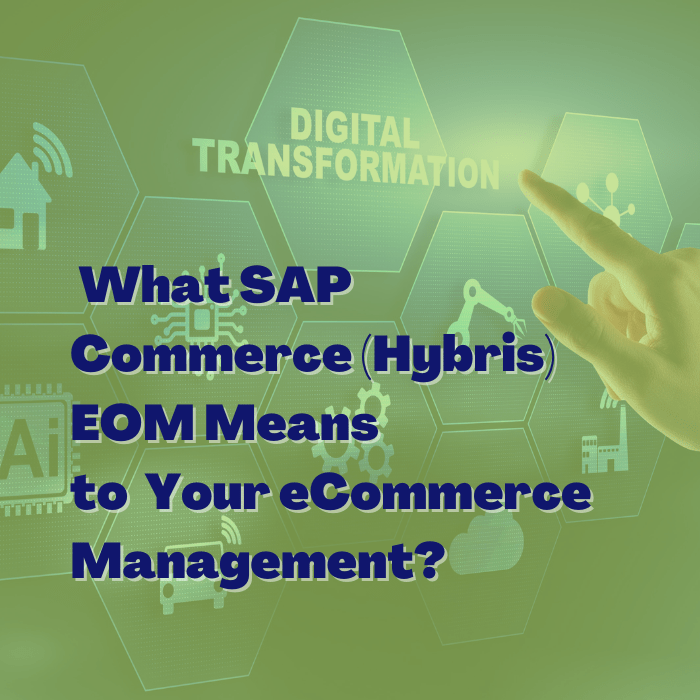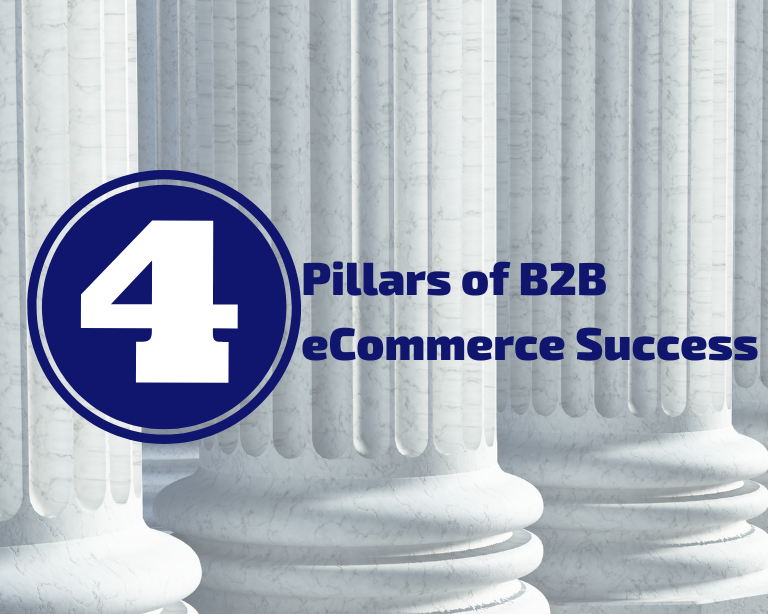As SAP shifts its focus onto its public Cloud solution, companies with aging SAP Commerce on-premise solutions need to explore their options and see what is available for their digital commerce platform strategy. What this also means to anyone in eCommerce is that security and data ownership privacy will become an even bigger issue.
When you are in the business of managing your eCommerce platform, keeping up with upgrades and updates may not be easy. Not everyone has a team of 20 working on eCommerce. Most family-owned or privately held companies lack the time, budget, or even prioritization that keeps them on outdated versions of their platform. For businesses using SAP Commerce (aka SAP Hybris), this may mean sticking with a version way past the end of the maintenance transition.
What can you do?
When Adobe sent the end-of-maintenance date for Magento 1, companies thought they had plenty of time to upgrade or move. However, life got in the way. It isn’t easy or fast to plan and execute a major platform migration. Less than three months later, almost all 2000 Magento 1 stores were hacked due to platform security holes. What can you do to avoid security breaches?
Take 1: Go to a Public Cloud
Some organizations choose to shift their current commerce architecture to a public cloud provider like Microsoft Azure or Amazon Web Services (AWS). This option can be attractive when on-premise hardware reaches End-of-Life, and there is an urgent need to scale, or immediate security issues require advanced DDOS protection. You’ll still have to deal with the issues of an aging platform, but this option can buy you some time and lower the cost of development, testing, and staging environments. While this option is typically a stop-gap solution and not one we recommend in the long term, for some companies, it can be a way to minimize risk and cost while deciding on the next steps to take. The challenge faced by several of our clients who moved from Magento to Adobe Cloud is that once Adobe saw the number of transactions and the amount of money going through, they raised prices significantly. It also calls into question
Take 2: Go Headless Open Source
When a vendor platform goes through a significant change, such as SAP’s move to the public cloud, the effort to upgrade the platform is not much different than the effort to switch to a new one. This makes it an opportune time to rethink your platform strategy and explore ways to accelerate your digital commerce business with some of the more cutting-edge solutions on the market.
Many commerce solutions are built to be MACH (microservices, API-first, cloud-native, headless). This standardized design approach makes them modular, making it easier for companies to plug in, scale, and swap capabilities to quickly react to market changes – and escape the cycle of big bang re-platforms. It allows for personalization, and supply chain visibility, and offers the flexibility to choose functionality. and adopt innovation ahead of the curve. For a company where eCommerce is a big revenue channel, the flexibility, and speed that MACH brings is the worth the effort.
Take 3: Do Nothing
There’s always the solution of doing nothing. As long as you’re compliant with PCI DSS, this looks like a really good option. Small businesses whose eCommerce does not deliver significant revenue might find this a good solution. You can count on the cost of running an older model commerce platform only going up. You run the risk of creating a ‘Frankenstein’ of a platform. You’ll also be challenged with finding developers that can work on the platform as time goes by. But for distributors and manufacturers with large SKUs, this is not an option. The missed opportunity cost of a secure, flexible eCommerce platform that offers personalized experiences is only going up.
But the more complex your eCommerce is (having large SKUs, tiered pricing, kitting, multiple stores/locations, etc), the more the need for a team like ours. There are viable options that may fit better depending on your overall goals and growth. Call us with your questions!
By Eunice Munoz



